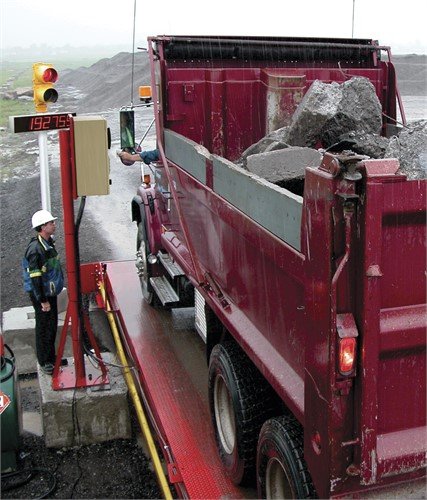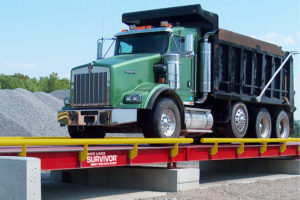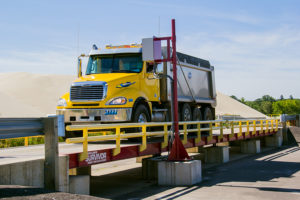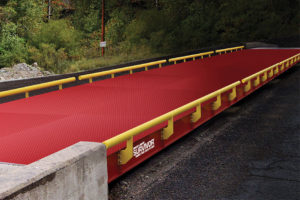Metrology Glossary: Concentrated Load Capacity (CLC)
What Is Concentrated Load Capacity (CLC)?
Concentrated Load Capacity (CLC) refers to the maximum permissible weight that a weighbridge, a specialized platform for weighing vehicles and objects, can accommodate within a limited area. This metric is typically expressed in units such as pounds or tons and is contingent upon the dimensions and structural robustness of the weighbridge. Accurate consideration of the CLC assumes paramount significance when weighing heavy items such as vehicles, especially those bearing a significant concentrated load. For instance, this becomes particularly relevant when weighing trucks with closely positioned dual axles. In such scenarios, a weighbridge’s ability to endure and precisely measure such concentrated forces plays a crucial role in ensuring accurate weight determination.
Why is Concentrated Load Capacity (CLC) Important?
- Weighing Heavy Vehicles: Accurate measurement of vehicle weights, particularly for heavy trucks carrying concentrated loads, relies significantly on Concentrated Load Capacity (CLC). Heavy trucks, especially those with closely spaced dual axles, exert substantial concentrated forces on weighbridges. It is imperative to have a sufficiently high CLC to ensure the weighbridge can handle such loads without compromising measurement precision.
- Ensuring Weighbridge Stability and Safety: Weighbridges must withstand the applied CLC without deformation, guaranteeing the safety of personnel operating the equipment and preventing potential damage to the weighbridge.
- Regulatory Compliance: Compliance with regulatory standards mandating specific CLC levels for weighbridges is critical. Meeting or surpassing these standards ensures that weighbridges are capable of delivering accurate weight measurements for both legal and commercial purposes, aligning with regulatory requirements.
- Optimizing Load Distribution: Knowledge of a weighbridge’s CLC facilitates the even distribution of loads, minimizing stress on particular areas and prolonging the operational life of the equipment. By understanding CLC, operators can strategically distribute loads to enhance overall efficiency and reduce wear on specific components.
- Choosing the Right Weighbridge: Selecting a Weighbridge with an appropriate CLC ensures that the weighbridge can meet the specific operational demands, providing longevity and reliability in accurately measuring weights for various applications.











